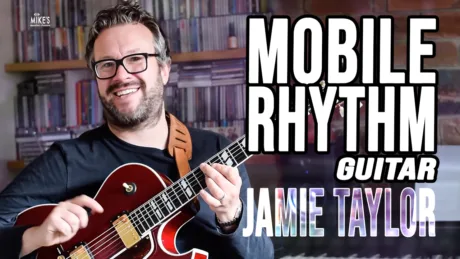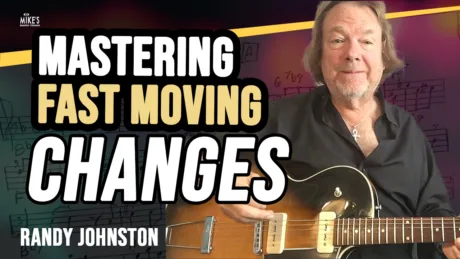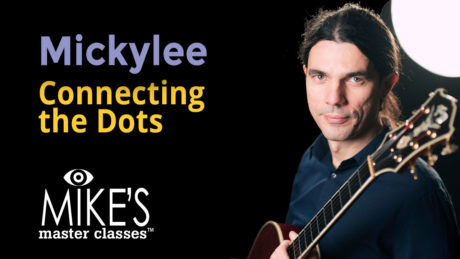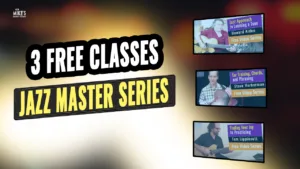Continuing our look into the powerful device of contrary motion counterpoint, we turn our focus towards varying the rhythms in the upper and lower lines. This approach can create a very rich tapestry that is unpredictable and exciting. Not only are these concepts great for solo guitar arranging/improvising, but for composition in general. This style will greatly help with finger independence and harmonic creativity, helping the guitarist to break from the confines of block chord playing.
This class consists of 20 examples of contrary motion counterpoint lines using II-V-I progressions (both with short and long harmonic rhythm.)
They are extremely useful for use over standard tunes and jazz classics, really any style. Both 4/4 and 3/4 meters are covered in a couple of different keys and in different registers. The material is written for 6 string guitar though a couple of the examples are extended in the video to satisfy the 7 string player. Each example can be altered rhythmically and melodically to make them your own. Several examples cover hemiola rhythms (or cross rhythms) to make the lines swing, giving them greater rhythmic forward motion.
A theoretical analysis of each example is provided in the video which helps to further memorize the concepts and lines. The class is packed full of practical advice in coming up with original phrases and creative brainstorming of this concept in the practice room. Let these short, musical and memorable II-V-I phrases be part of your contrapuntal vocabulary!
- Running time: 42 minutes
- 5 pages of PDF material in TAB and standard notation












This is the best class I’ve ever had and Mr. steve is the best
by mingSimply some of the best materials available on the whole Internet
I bought my first class on this site (and it was from Steve Herberman!) in 2009. I have to say in the intervening 11 years one class after another, these materials have turned my playing around, as well as my way of approaching the guitar.
What I say about Steve’s latest offering can easily apply to any of his classes: generous amounts of materials, accompanied by clear explanations that are never overly theoretical, and sound like music – never like exercises.
The contrapuntal approach on the guitar is difficult and for this reason tends to be rare both in performance and in educational materials, but this site – and Steve Herberman in particular – offer a clear way into this world, tackled in a very methodical way and approached with the immediate goal of making music and improvising with the outlook of an arranger.
For anyone interested in this style of playing/ composing/ arranging there is an old class of Steve’s called ‘Contrapuntal improvisation’ that really started it all for me and, despite a video quality that 11 years old, is worth the price of admission alone for the opening rendition of Alone Together. In fact, that reminds me, I need to roll up my sleeves and transcribe it!
by Nico Sabatini